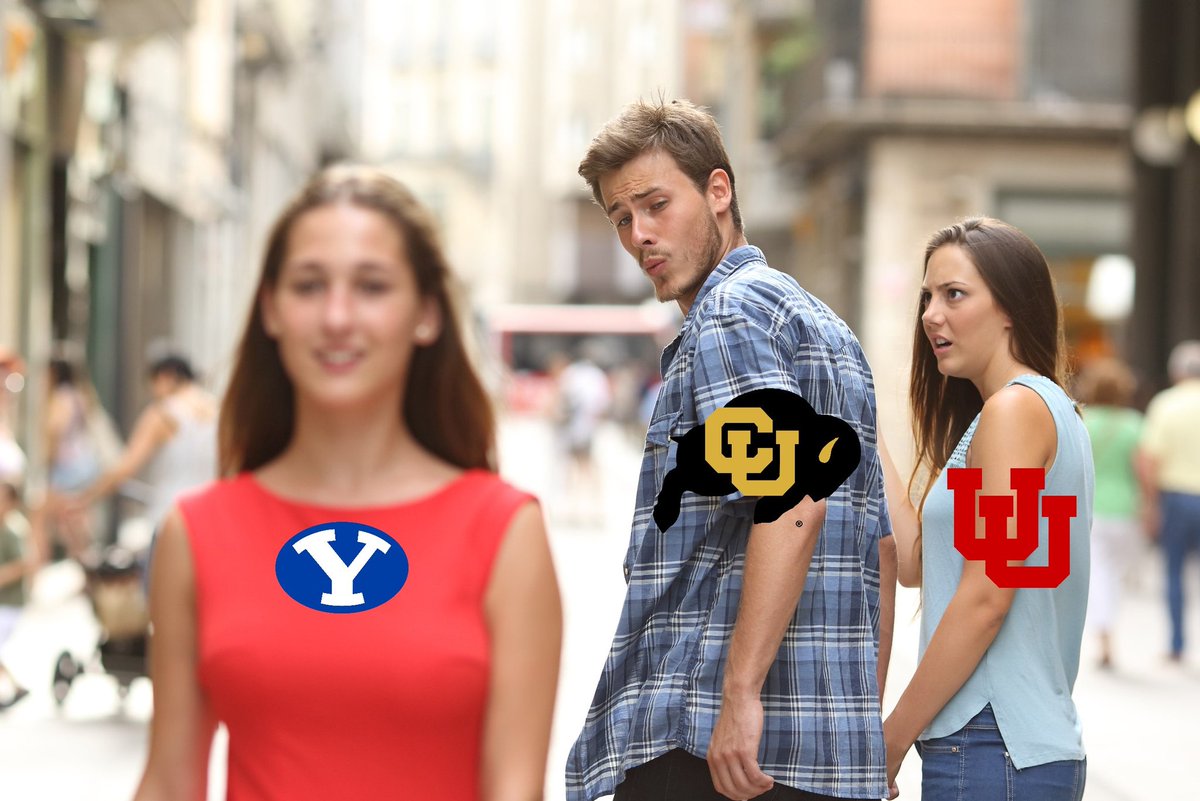Post by HawaiiVB on Jul 21, 2023 18:38:58 GMT -5
Scare tactic.
iconsource.com/everything-about-nil/#:~:text=NIL%20can%20trace%20its%20origins
NIL can trace its origins to a class-action lawsuit filed in the late 2000s that marks the beginning of the “should college athletes be paid” debate. Former UCLA basketball player Ed O’Bannon argued that college athletes should be compensated for the use of their name and image in video games. Eventually, A judge ordered the NCAA to pay $44.4 million in attorneys' fees and another $1.5 million in costs to lawyers for the plaintiffs in the Ed O'Bannon class-action antitrust lawsuit. This case opened up the doors for more questions and lawsuits around athletes’ name, image, and likeness.
The largest of these advancements came in 2019 when California enacted the Fair Pay to Play Act, which allowed athletes to be compensated for promotional opportunities. Other states quickly followed and similar legislation in different regions forced the NCAA to take a look at their stance on NIL.
As of now, NIL guidelines are relatively simplistic, leaving a lot to interpretation. Per the NCAA board of directors, the rules state that:
College athletes can engage in NIL activities that are consistent with the law of the state where the school is located.
Colleges and universities are responsible for determining whether those activities are consistent with state law.
Student-athletes who attend a school in a state without a NIL law can engage in this type of activity without violating NCAA rules related to name, image and likeness.
College athletes can use a professional services provider for NIL activities.
Student-athletes should report NIL activities consistent with state law or school and conference requirements to their school.
iconsource.com/everything-about-nil/#:~:text=NIL%20can%20trace%20its%20origins
NIL can trace its origins to a class-action lawsuit filed in the late 2000s that marks the beginning of the “should college athletes be paid” debate. Former UCLA basketball player Ed O’Bannon argued that college athletes should be compensated for the use of their name and image in video games. Eventually, A judge ordered the NCAA to pay $44.4 million in attorneys' fees and another $1.5 million in costs to lawyers for the plaintiffs in the Ed O'Bannon class-action antitrust lawsuit. This case opened up the doors for more questions and lawsuits around athletes’ name, image, and likeness.
The largest of these advancements came in 2019 when California enacted the Fair Pay to Play Act, which allowed athletes to be compensated for promotional opportunities. Other states quickly followed and similar legislation in different regions forced the NCAA to take a look at their stance on NIL.
As of now, NIL guidelines are relatively simplistic, leaving a lot to interpretation. Per the NCAA board of directors, the rules state that:
College athletes can engage in NIL activities that are consistent with the law of the state where the school is located.
Colleges and universities are responsible for determining whether those activities are consistent with state law.
Student-athletes who attend a school in a state without a NIL law can engage in this type of activity without violating NCAA rules related to name, image and likeness.
College athletes can use a professional services provider for NIL activities.
Student-athletes should report NIL activities consistent with state law or school and conference requirements to their school.






